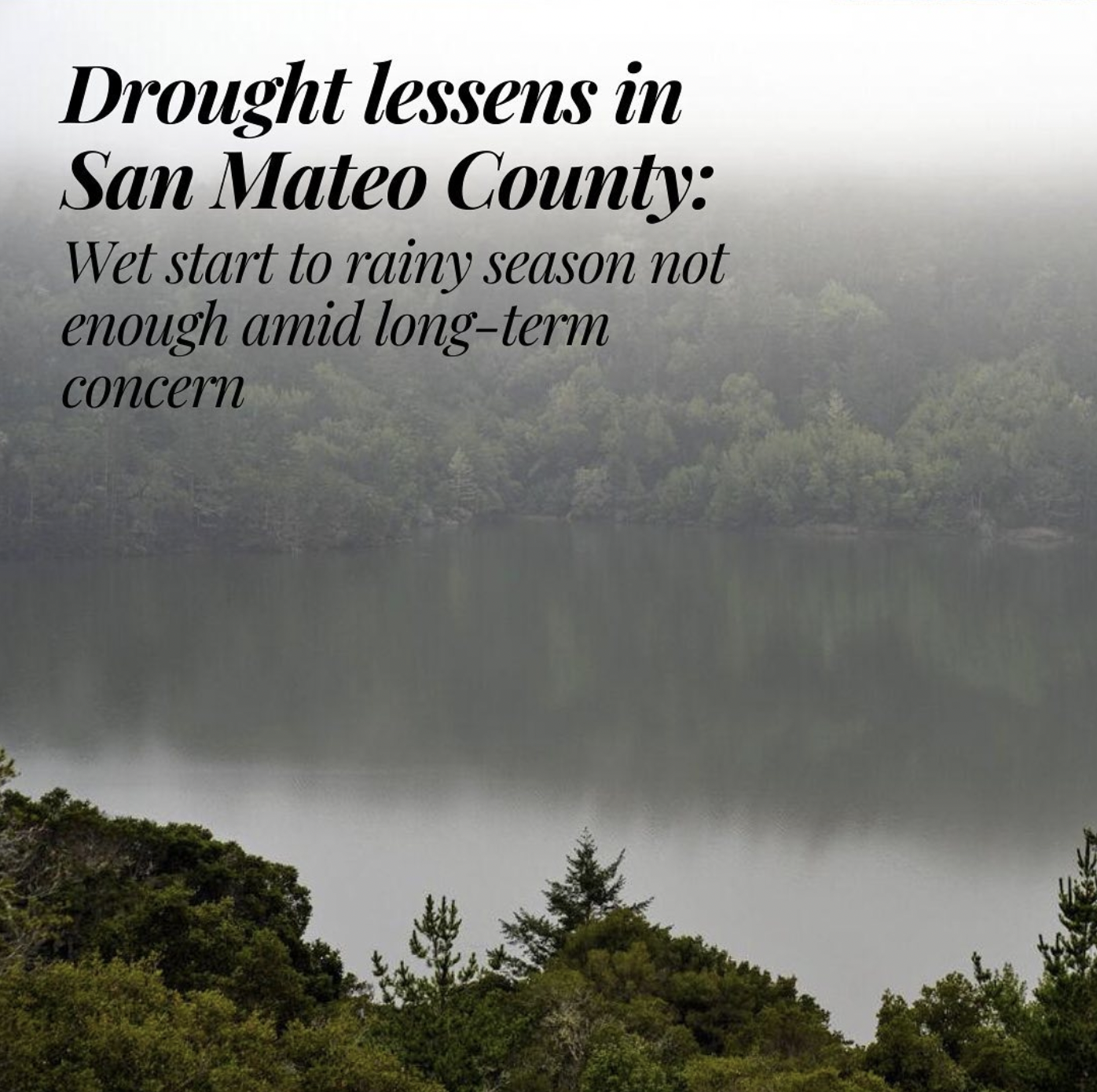The San Mateo Daily Journal
As a social media and marketing intern for the San Mateo Daily journal, I am was charge of their official Instagram account. Each day, I created 1-3 posts to publish on the account and keep users engaged with local news. After taking charge of the account, I created posts appealing to a more diverse audience, which helped boost their following by 24% over six months.

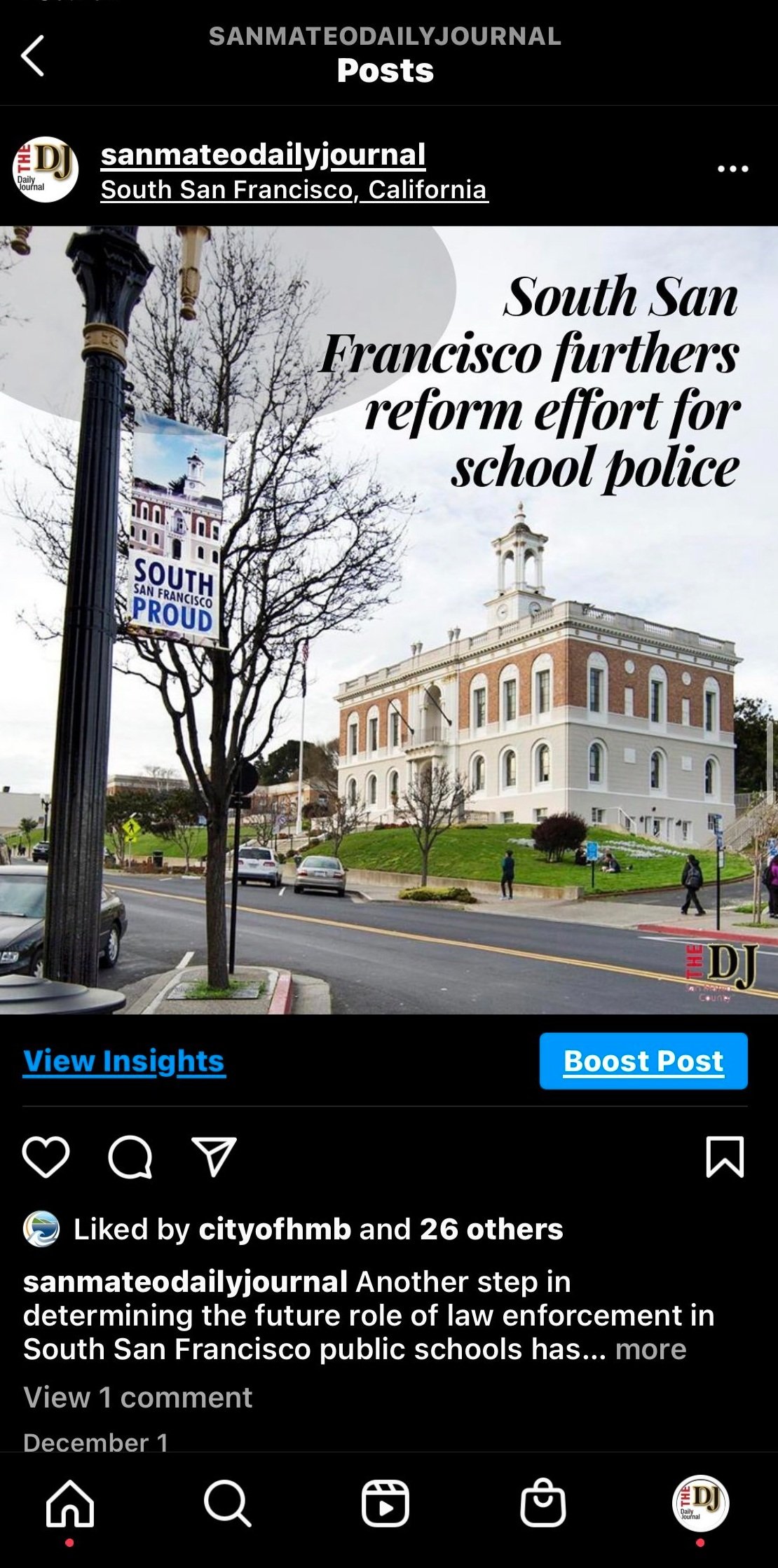
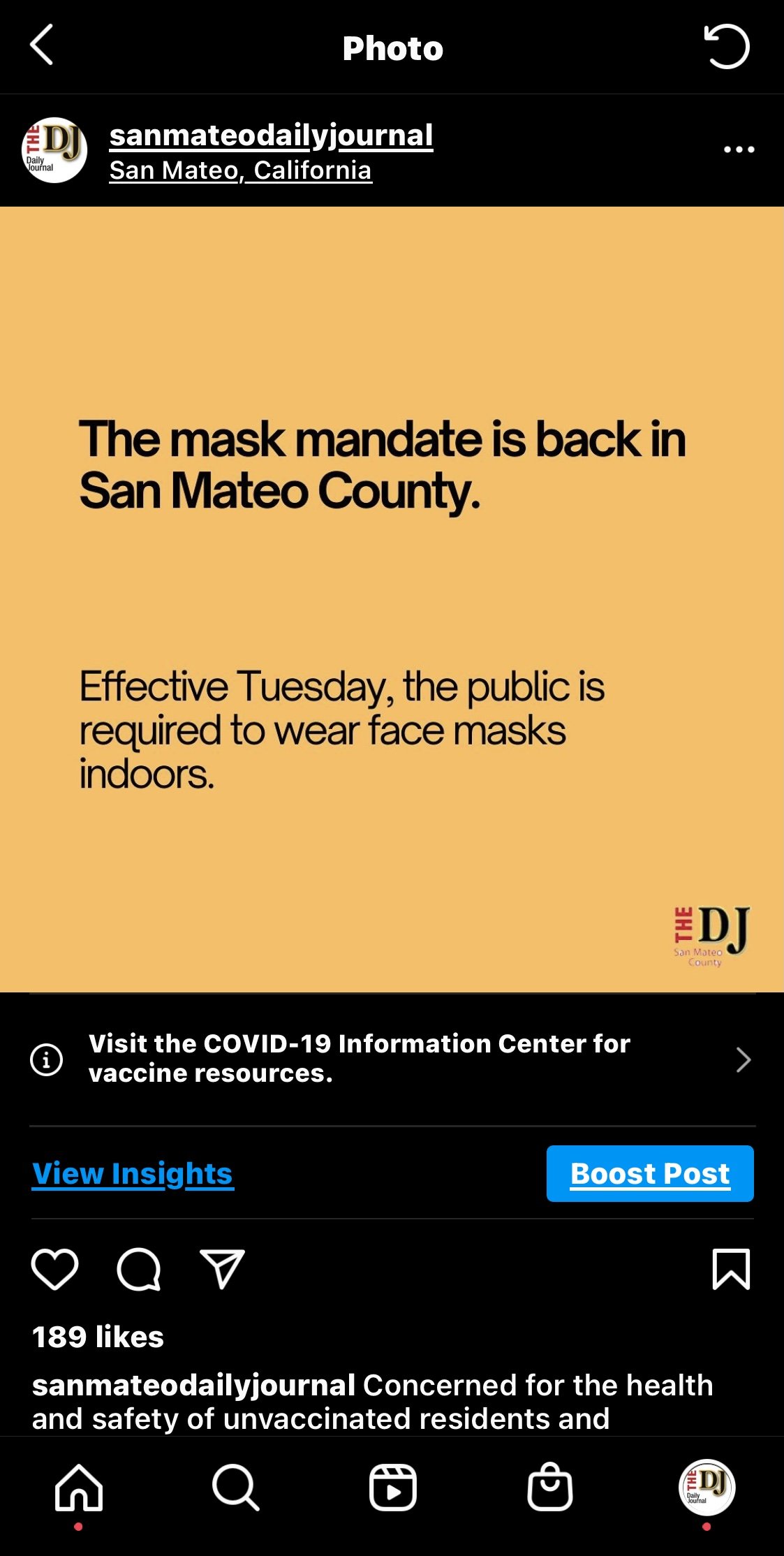
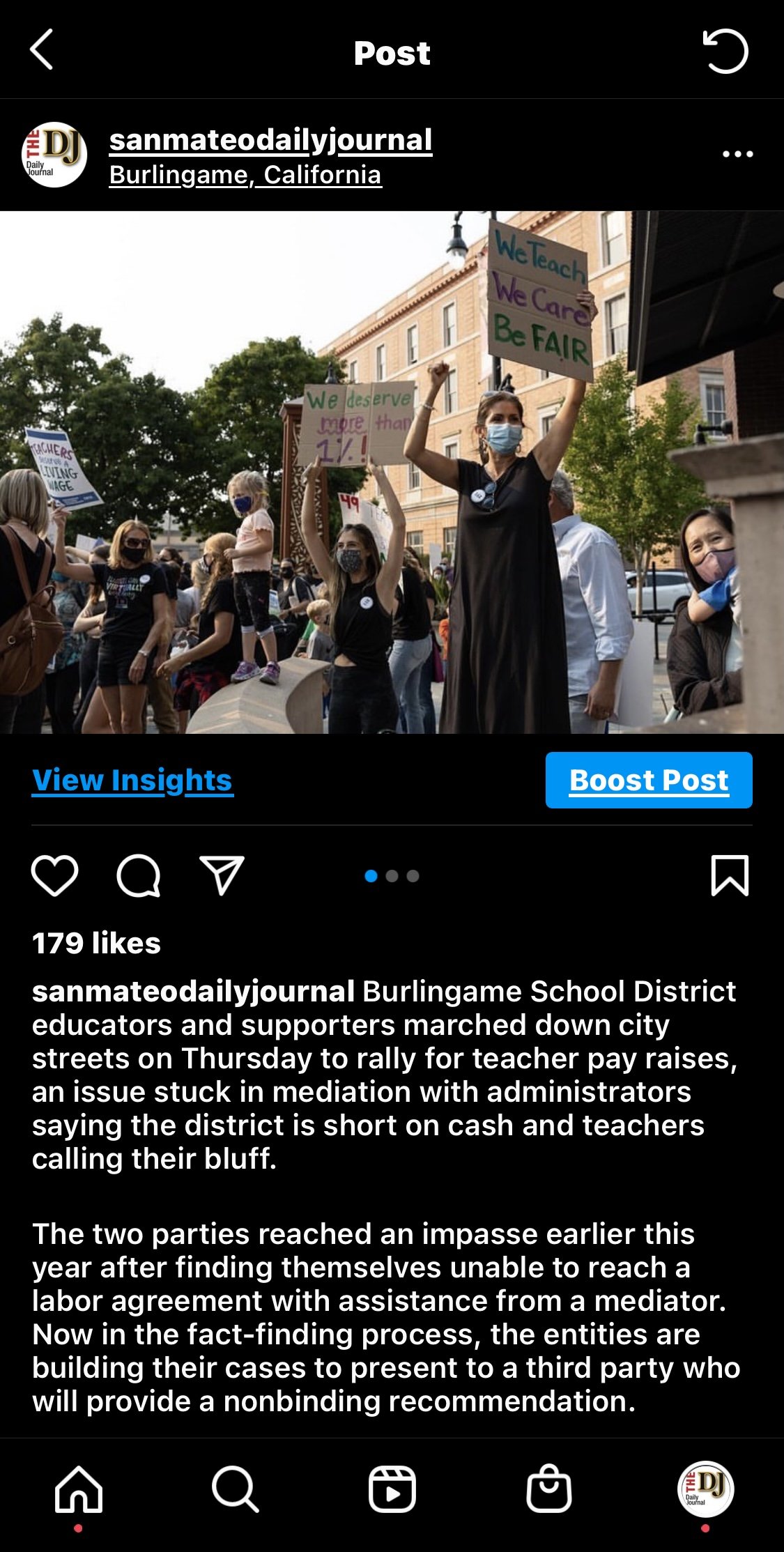


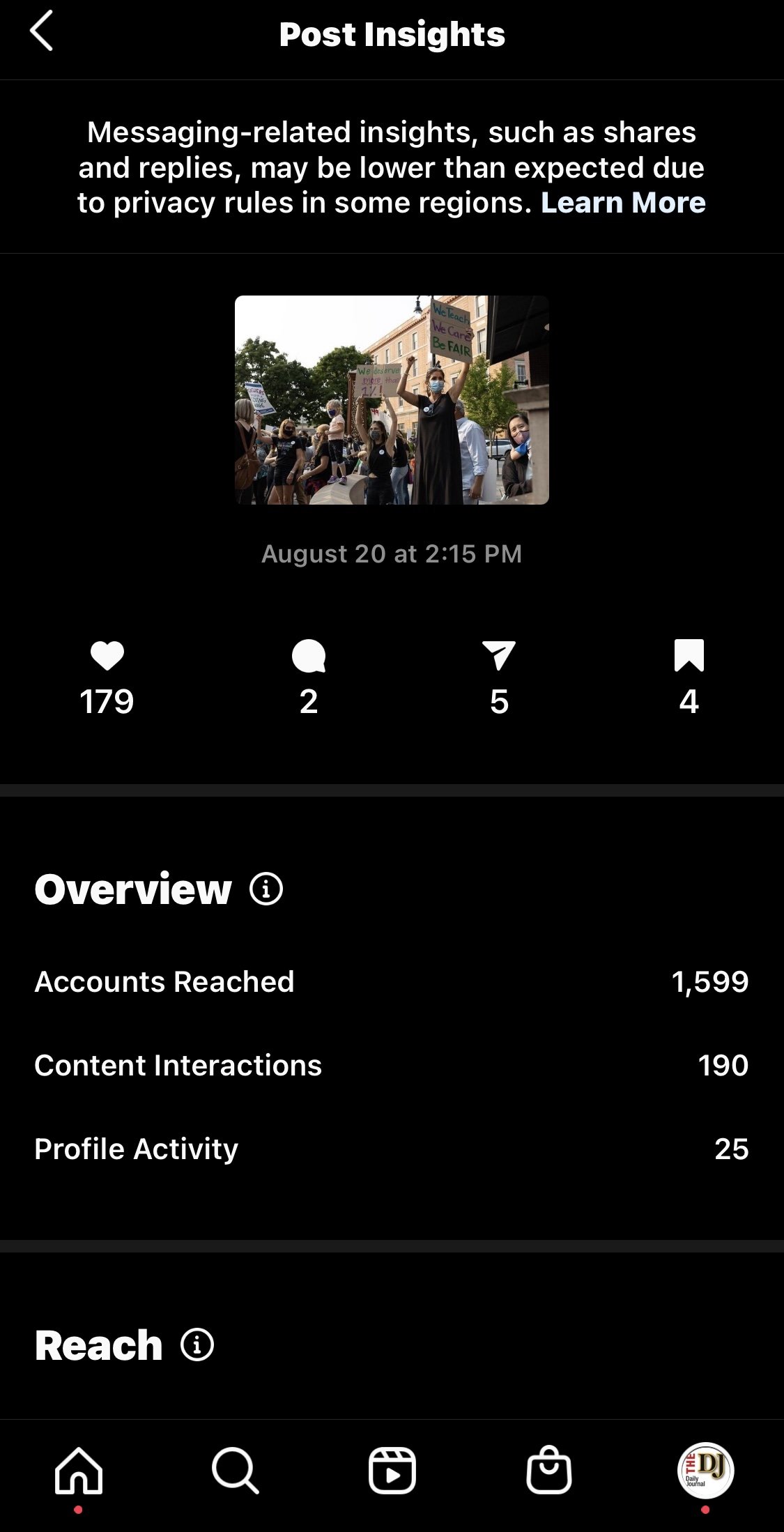
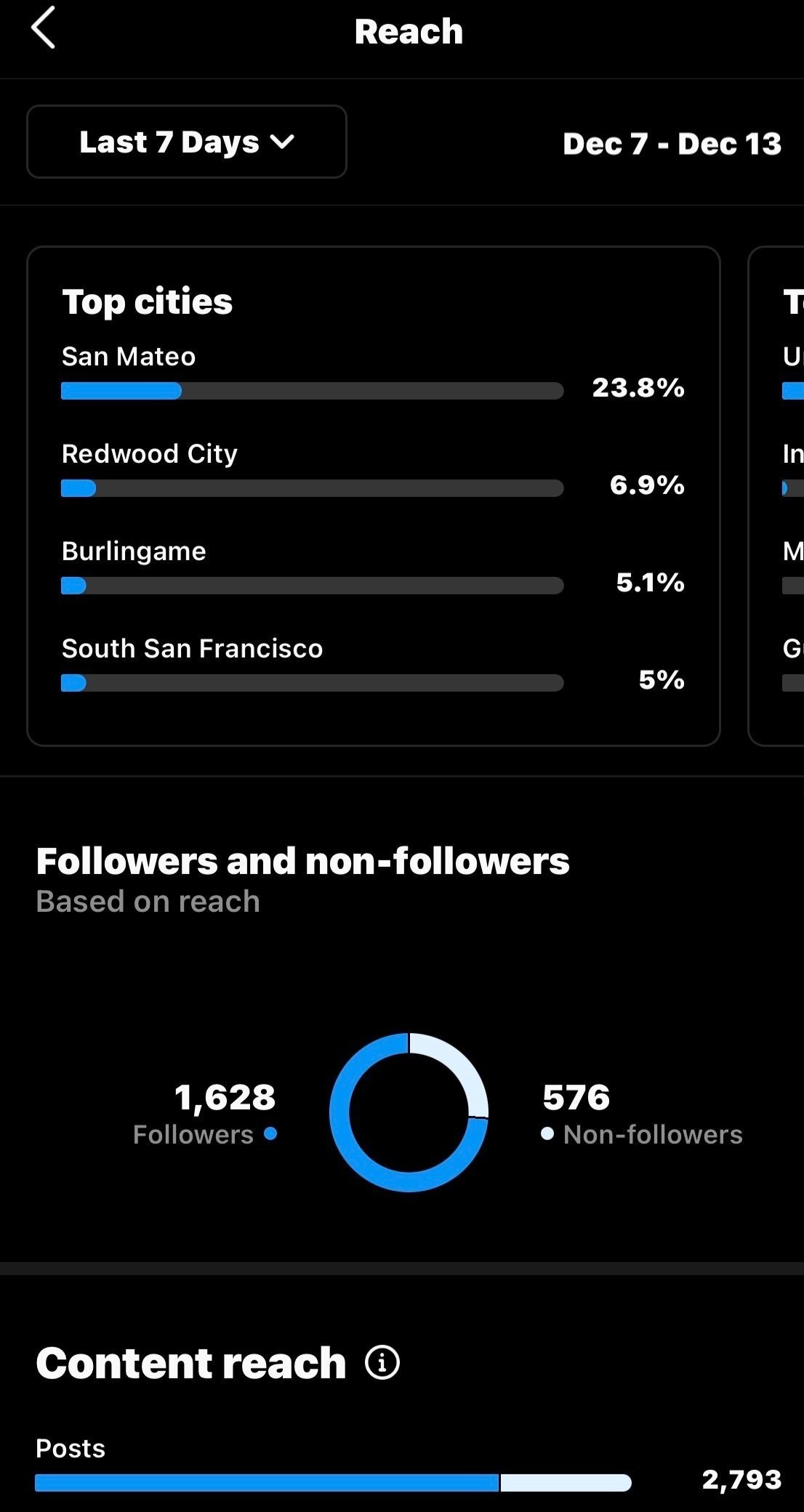
Through various Instagram posts, I covered major local news stories for each day. The snippets of information in the graphic portion of each post told users what to expect from the information in each article.
INSTAGRAM FEED
Below are examples of each post format. Each caption includes a snippet of the article the post covered and encourages users to use our link to the SMDJ website to read the full story. By completing the Instagram-feed makeover, I witnessed our following count and user engagement increase dramatically.
INSTAGRAM STORIES
When the Instagram account was handed over to me, I noticed a weak spot of our engagement was the Daily Journal’s Instagram stories. Although there were frequent posts referencing local news or sports articles written for that day, many users found it difficult to find the full stories in the site. With that, I decided to take advantage of the new linking feature in Instagram stories and focus on creating visually appealing graphics. Below are examples of various story posts—feel free to explore more of my experience in social media design here.
WEBSITE CONTENT
During the three years I spent publishing on my high school student news site, I discovered the elements of a visually engaging story and how to better utilize communication tools as a mode of delivering news media.
MULTIMEDIA PACKAGES
As I began to experiment more with website packages, I sought to create engaging stories that would inform the reader in brief portions of text rather than long-form feature layouts. Utilizing Adobe Express, I worked with a peer to create a package informing readers about the history of stock market crashes, and what the 2020 crash would mean for the nation moving forward.
As parts of a larger climate change package, I contributed multimedia and writing aspects to the “Water” and “Earth” portions. In this feature, I worked with classmates to provide an insight into water pollution in the Bay Area; from the destruction of ecosystems to rising sea levels. Working on this package taught me how to balance heavy text with multimedia elements in a website format.
INTERACTIVE ELEMENTS
Interactive elements such as maps, timelines, and infographics are important aspects of the storytelling process. Often, data visualization is able to provide statistics and information to the viewers in an easily-digestible way. Feel free to explore various examples of interactive elements I have included in my writing below.
INTERACTIVE MAPS
Interactive maps are a strong way to visualize large-scale statistics throughout regions, states or countries. This map provides context of the disparities of state voting in the electoral college system.
View the article here.
INFOGRAPHICS
From Canva to Infogram, there are a wide variety of platforms available to create interactive infographics. Often used to break up text, it is essential to provide clear, appealing graphics that add to the topic of the story.
View the article here.
INTERACTIVE IMAGES
Interactive images allow readers to have a closer insight into a photo. This photo in particular highlighted the variety of information about the event’s environment as lanterns floated across the lake.
View the article here.
KNIGHT LAB TIMELINES
Timelines are effective in providing broader context for feature stories, especially when a historical angle is taken. This resource allowed me to trace how racism is ingrained in the education system, and how it functions today.
View the article here.




